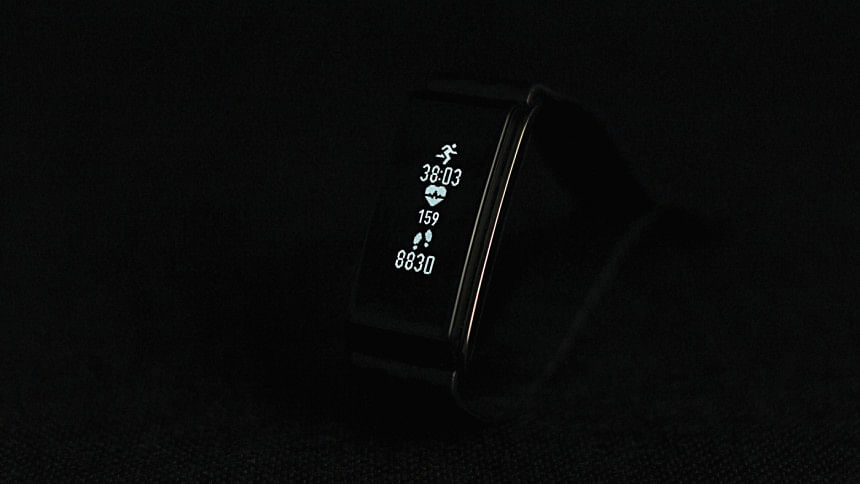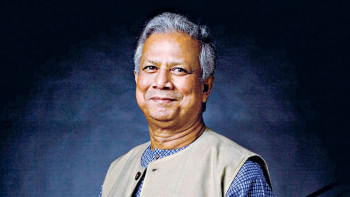How wearables are aiming to solve the COVID-19 testing crisis

According to the WHO, symptoms of COVID-19 vary from fever through fatigue to shortness of breath. Some of the parameters of interest to medical professionals thus include changes in temperature, lung function and body fluid analysis for more specific tests. These are the measures you will find undertaken by hospitals to identify those infected with the virus. However, these variables are measured using separate, dedicated medical instruments in a hospital. Reusing them or merely getting close to infected patients pose a risk to the healthcare workers as well as other patients in the same hospital. Newer wearables are offering an all-in-one solution that even allows for remote monitoring in our own homes.
This is exactly what certain tech companies are asking and they have teamed up with researchers to investigate the possibility. More than just detecting such an infection, wearables can more effectively monitor infected patients or better, reveal previously unknown associations with COVID-19. Let's see what promise those tiny computers hold in the fight against the novel coronavirus.
The answer lies in the heart: Fitbit
Doctors have been measuring heart rates for centuries, but wearables have changed the game when it comes to frequency and accessibility outside of the usual medical setting. Stanford Medicine researchers and their collaborator, Fitbit, are launching a new effort that aims to detect early signs of viral infection through data from smartwatches and other wearable devices. By using wearable devices to measure things such as heart rate and skin temperature, which are known to elevate when the body is fighting off an infection, the team seeks to find a connection between these signs and the probability of CIVID-19. Smartwatches and other wearables make numerous measurements per day — at least 250,000, which is what makes them such powerful monitoring devices," said Michael Snyder, PhD, professor and chair of genetics at the Stanford School of Medicine.
"When people get an infection, their resting heart rate tends to increase and their daily activities will change, as will their sleep patterns," explained epidemiologist Jennifer Radin of the Scripps Research Translational Institute. Fitbit is now collaborating with the Scripps Research Institute and Stanford Medicine to determine if this information could help provide an early indication of a viral illness like coronavirus.
Breathe in, breathe out: Ava and Whoop
The University of Arizona conducted a study to determine the accuracy of the measurement of respiratory rates during sleep, which devices such as Ava and Whoop use to provide quality of sleep scores to its users. That study showed it to be among the most accurate measurement tools for respiratory rate short of invasive procedures, which is what has led researchers behind this new study to hypothesize that it could be valuable as a sort of early-warning system for detecting signs of abnormal respiratory behaviour in COVID-19 patients before those symptoms are detectable by other means.
The Ava bracelet is a device worn like a watch that sends information to your smartphone app. It was designed to identify the most fertile days in a woman's menstrual cycle. The device measures skin temperature, pulse, breathing rate and blood flow and therefore might be able to detect the early signs of COVID-19, such as fever. It can also measure movement and might be able to detect a cough before a person is aware that they have started coughing more frequently. This means the Ava device could be useful in screening people who might have been exposed to coronavirus but don't have any symptoms of infection.
COVID-19 is specifically a lower-respiratory tract infection, unlike the flu or a cold, which are upper-respiratory issues. That means there is a strong correlation between rate changes due to lower-respiratory tract issues not accounted for by environmental problems and instances of COVID-19. And because the WHOOP wearable is designed to look for deviations as a sign of distress, among the other sings it monitors, it could notice changes to respiratory rates relative to baselines before an individual becomes aware of any significant shortness of breath themselves.
One ring to rule over COVID-19: Oura Ring
Like a lot of new and innovative wearable technologies, the Oura Ring got its start through a Kickstarter campaign in 2015. Tiny enough to slip onto a finger, the ring-shaped device by the wearable health tech company Oura Health earned appreciation for its ability to measure sleep as well as capture body measurements like heart rate, HRV, temperature and more.Dr. Mason, of Oura Health, had been using the Oura Ring in research for depression. When that study was shut down due to the coronavirus, she proposed using the ring to detect the early onset of the virus. The UCSF researchers want to use wearable data from Oura rings to help predict which health care workers are about to fall ill, so they can be isolated and cared for.
Oura has already detected at least one COVID-19 case. Finnish CEO Petri Hollmen was diagnosed with it when he got tested after waking up feeling uneasy. His Oura ring had notified him that his temperature was over 100 degrees Fahrenheit and his heart rate and breathing overnight were higher than usual.

 For all latest news, follow The Daily Star's Google News channel.
For all latest news, follow The Daily Star's Google News channel. 



Comments